Description
Blotting paper, ( Lsd blotter paper ) sometimes called bibulous paper, is a highly absorbent type of paper or other material. It is used to absorb an excess of liquid substances (such as lsd or ink) from the surface of writing paper or objects. Blotting paper referred to as bibulous paper is mainly used in microscopy to remove excess liquids from the slide before viewing. Blotting paper has also been sold as a cosmetic to aid in the removal of skin oils and makeup.
Drugs active in microgram range, most notably LSD, are commonly distributed on blotting paper. A liquid solution of the drug is applied to the blotting paper, which commonly is perforated into individual doses and artfully decorated with what is known as blotter art. Vanity blotter is blotter art that hasn’t been exposed to LSD and is usually sold as a collectible, although inevitably much of this art ends up in illegal distribution. The artwork is printed onto blotter paper and then sometimes perforated into tiny squares or “tabs” which can be torn or cut apart. Most blotter art designs have grid lines as part of the design to either aid in perforation or to be left as a cutting grid. Blotter as a delivery method allows for easy dosing of potent substances and easy sublingual administration of drugs which has made it increasingly popular as a preparation for other potent drugs including 25I-NBOMe and alprazolam.
Lsd Blotter Paper
Plain white LSD blotter without artwork is commonly referred to as WoW (White on White) and is usually not perforated but rather gridded with a pen and sometimes laid on commonly obtained watercolor paper.
A form of blotter paper commonly known as watercolor paper is produced for its absorbent qualities, allowing much better absorption of lsd and pigments than standard art or drawing papers.
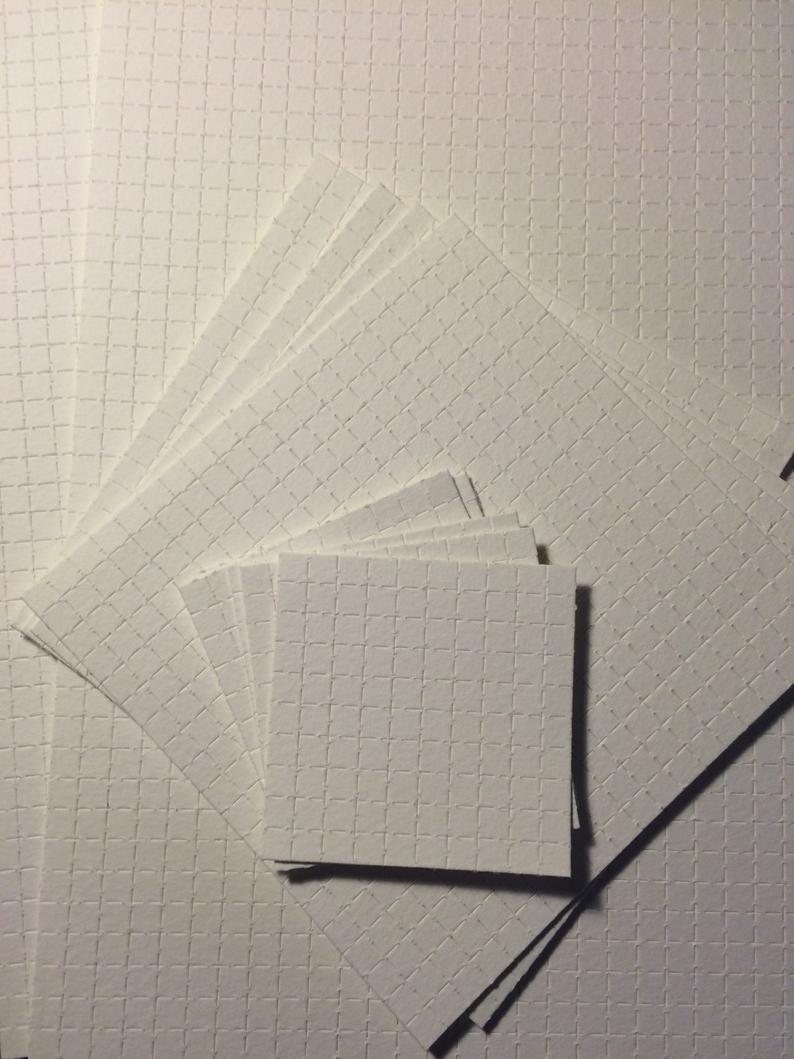
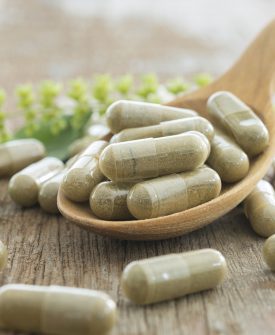
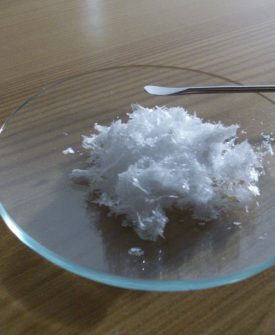
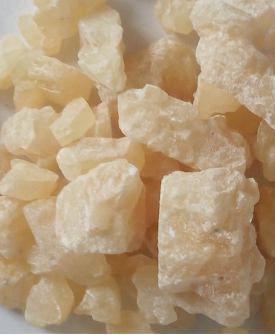
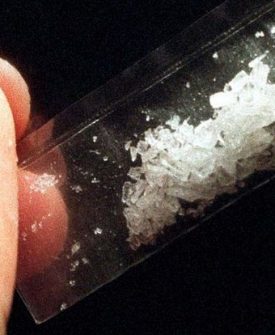

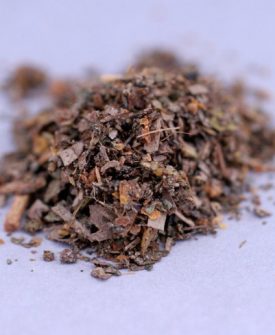
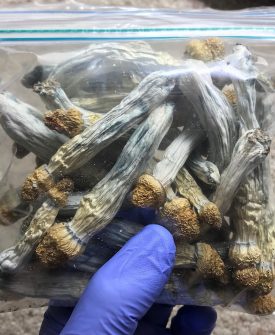
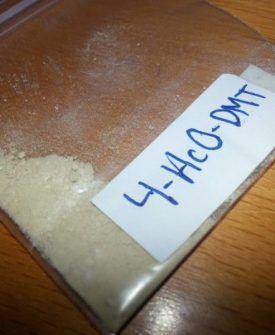
Reviews
There are no reviews yet.